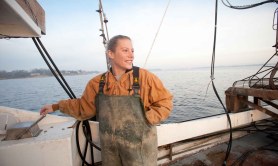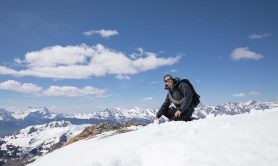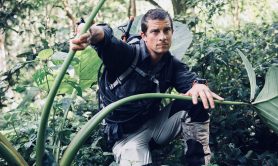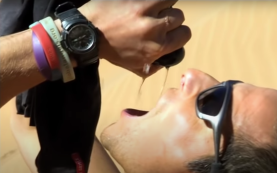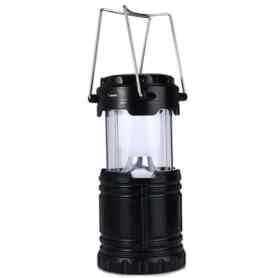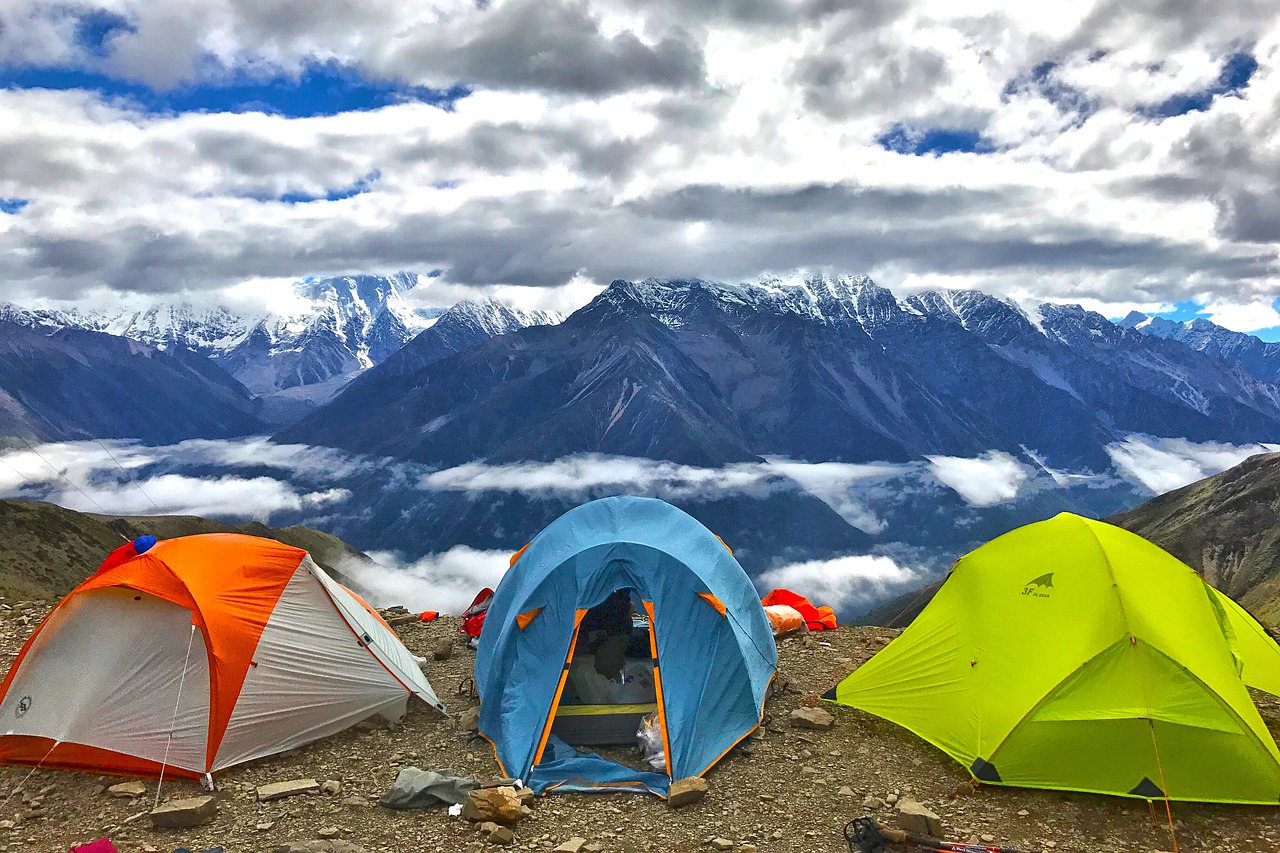

For anybody who enjoys spending time outside, it’s important to understand how to care for our public lands and wild spaces. When we take care of the places we recreate, we’ll be able to enjoy those places for longer, and they’ll stay beautiful for future generations to enjoy. This is the purpose of conservation, but as outdoor enthusiasts, it’s important to play our individual roles in protecting the places we recreate. The most effective way to do this is by following Leave No Trace.
Videos by Outdoors with Bear Grylls
Leave No Trace is a set of guidelines and principles that help outdoor recreationalists understand their part in keeping wild spaces wild. The purpose of Leave No Trace is to reduce the long-term impact that our presence in the outdoors can have on our public lands.
This is your guide to fully understanding Leave No Trace, so that you can do your part too.
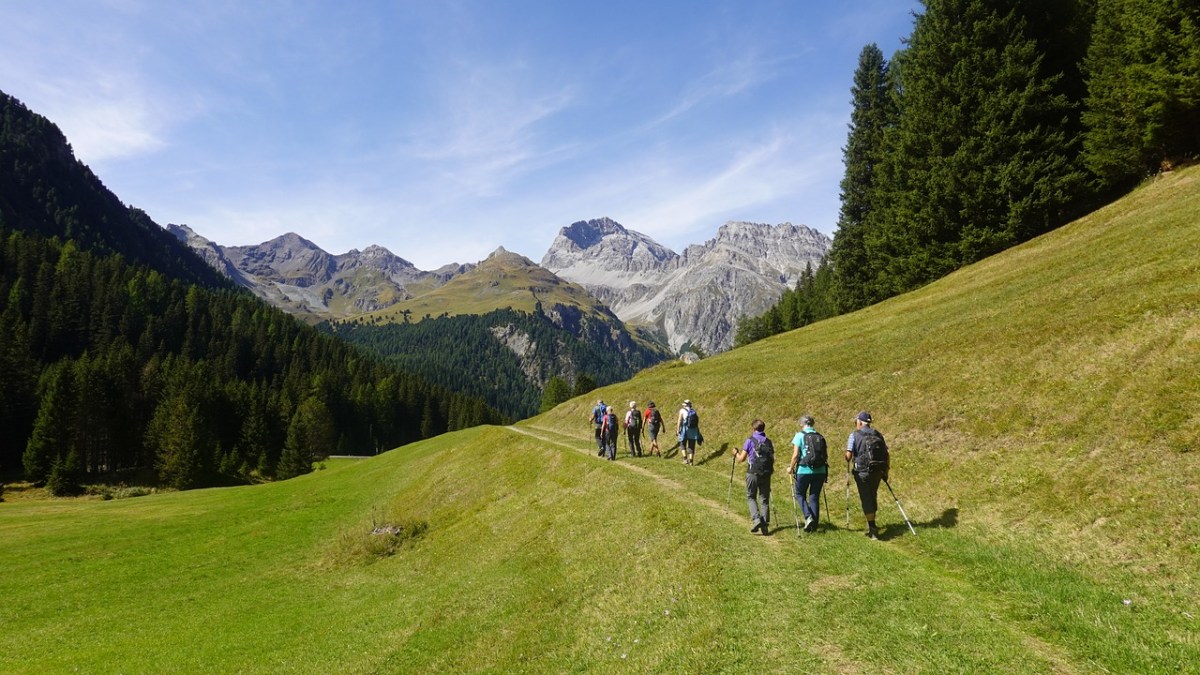
Plan Ahead and Prepare
The first principle of Leave No Trace is plan ahead and prepare. This seems pretty self explanatory, but it’s important to make sure you know what you’re getting yourself into whenever you take yourself into the outdoors. Know your route and carry the 10 essentials so you can stay safe in case of emergency. The 10 essentials for hiking are categories of gear you should carry to stay safe. They include navigation (maps or GPS), sun protection, insulated clothing and layers, light, first aid, fire starters, a repair kit and tools to fix gear, food, water, and shelter (emergency shelters or bivy).
In keeping yourself safe, you’re also keeping other people safe, including search-and-rescue teams who might need to get involved if you run into trouble on the trail.
Travel and Camp on Durable Surfaces
This principle is less clear and may need some explanation. Simply put, for most people, this is going to translate to “stay on trail,” but it doesn’t always mean this. Some routes don’t have fully established trails. So, in a wilderness setting or similar, how does one follow this principle? The best way to think about it is to make sure that you’re hiking and camping on surfaces you won’t harm by being there. This could mean hiking on hard-packed dirt or rock. This could mean hiking through snow. It could also mean hiking through mud so that you avoid stepping on plants.
Long story short: hike and camp where you won’t hurt the environment you’re there to enjoy.
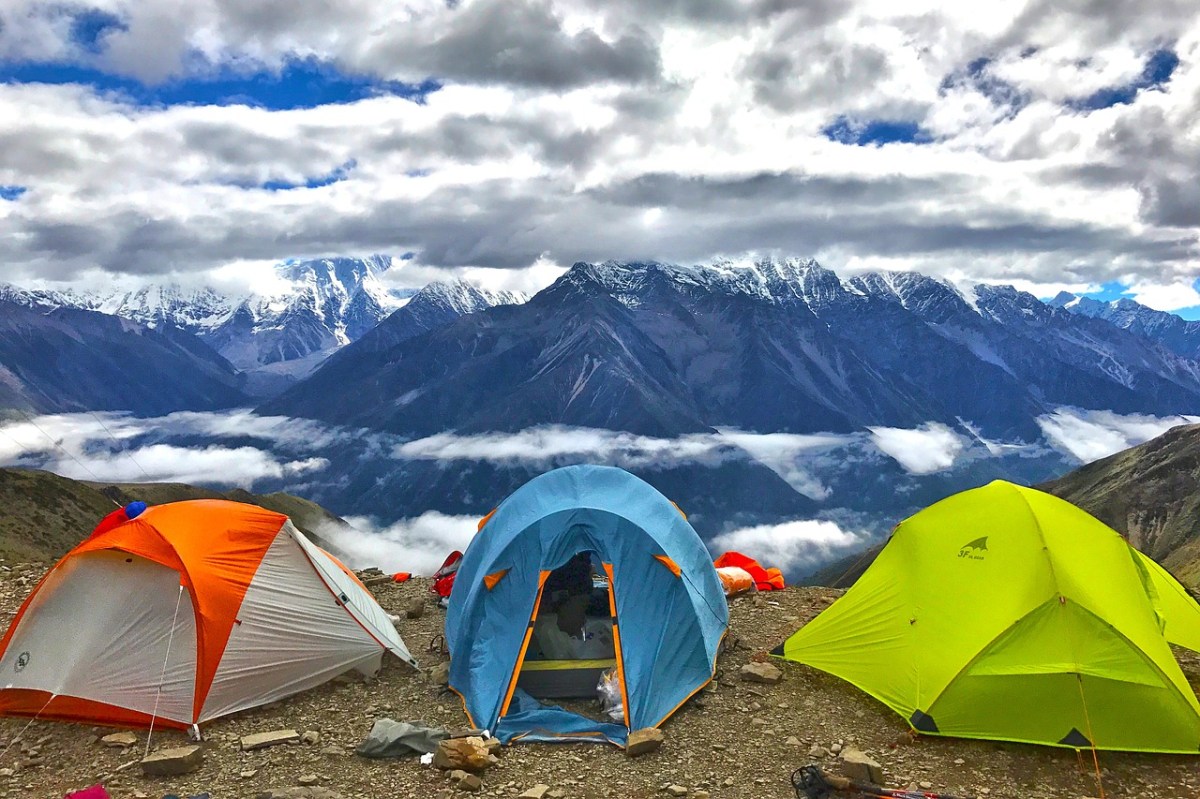
Dispose of Waste Properly
Principle three is one of the easiest ones to follow and understand. You might have also heard this explained as: if you pack it in, pack it out. This means taking all trash with you when you leave an outdoor space and not leaving anything behind.
This doesn’t just mean trash though—when you’re in the backcountry, you have to go to the bathroom somehow. Make sure you pack out all toilet paper and do your research on waste-disposal methods for the environment you’re in. Different options include digging catholes and packing out waste using wag bags.
And yes, dog poop and fruit peels need to be packed out as well. Organic waste, while you might think of it as compostable, is likely not native to the environment you’re in. Leaving things like orange peels, apple cores, and dog waste in our outdoor spaces can introduce invasive species and diseases to that environment.
Leave What You Find
This one goes hand in hand with the previous principle. While you want to remove what you bring to the outdoors, you also want to leave what’s already there. This means leaving behind that pretty rock you found and not picking wildflowers. The memories are worth preserving, so consider taking pictures instead.
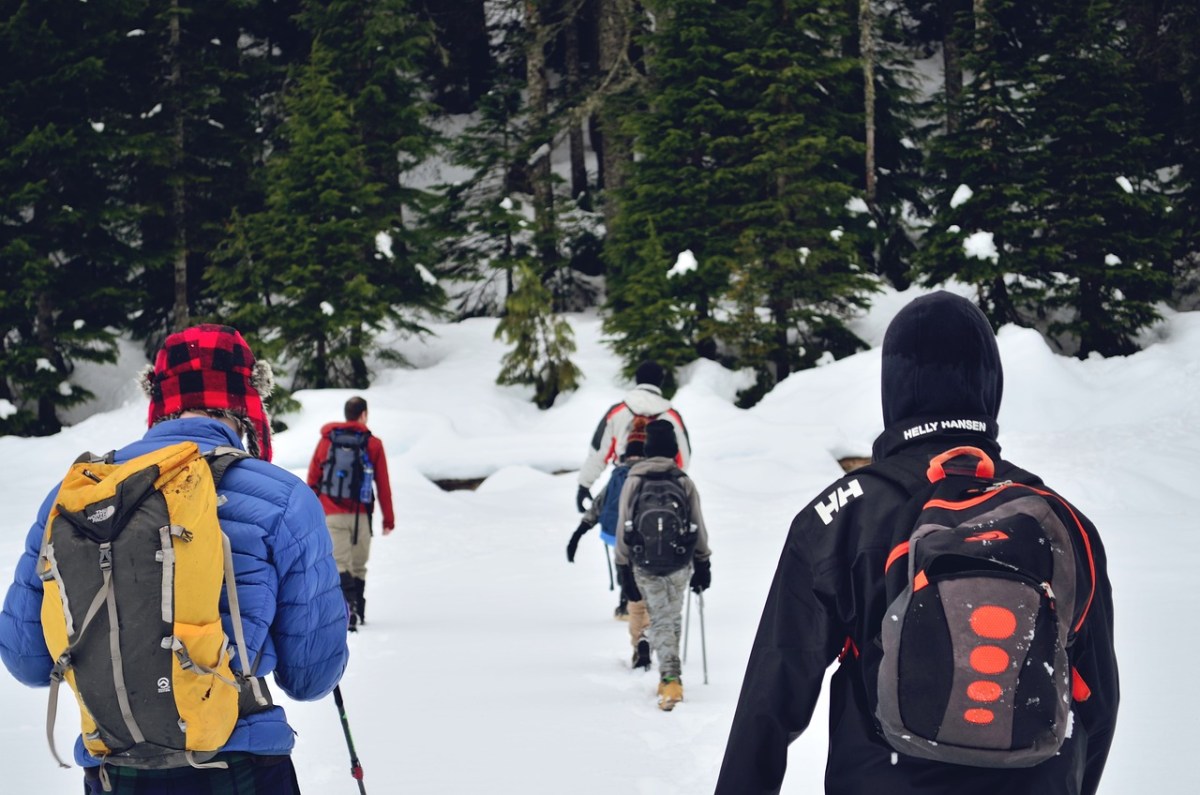
Minimize Campfire Impacts
With the rise of wildfire season all over the U.S. and Canada, this principle is more important than ever. Minimizing campfire impacts means making sure that your recreational campfire isn’t going to start a wildfire on accident. This helps keep your forests, local animals, other visitors, and local residents safe.
We want our forests to last a long time, so that other people can enjoy them and so they remain safe homes for local flora and fauna. To follow this principle, drown your campfires before you go to sleep. It’s also crucial to pay attention to fire restrictions in high-risk areas and keep your fire contained in a fire pit or fire ring.
Respect Wildlife
Part of exploring the outdoors is coexisting with wildlife. It’s important to give wild animals their space—you’re in their home after all.
A good thing to keep in mind is the “rule of thumb.” The idea behind this is to extend your arm fully and make a thumbs-up with your hand. Close one eye, and if your thumb can fully hide the animal you’re nearby, you’re far enough away to safely observe that animal. If your thumb can’t fully hide the animal, then you need to back up. Being too close can lead to injury for you or the animal.
It’s also important to make sure you’re not feeding wildlife, even unintentionally. Animals that are fed by humans can start to depend on humans, which can lead to harmful long-term effects on the population of that species.
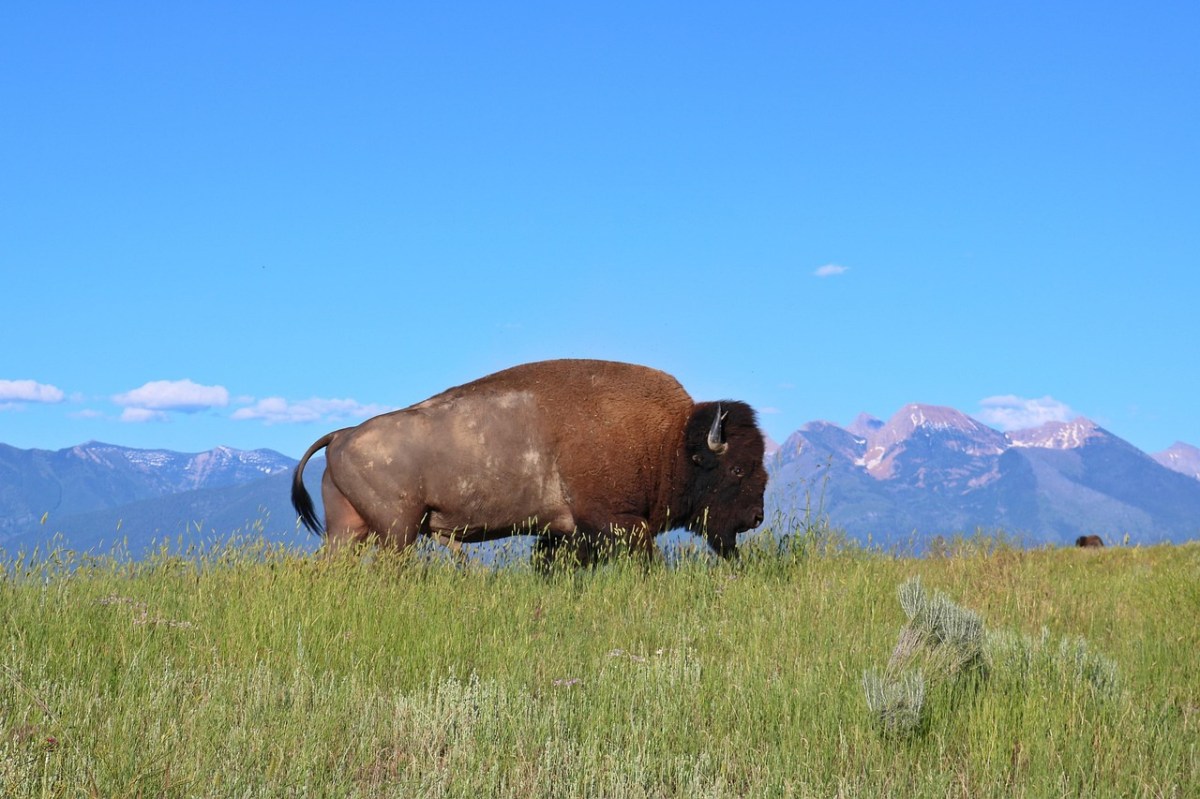
Be Considerate of Others
It’s important to remember that the outdoors is for everyone, and everyone deserves to have the best experience possible. Keep this in mind when you’re sharing outdoor spaces with others. Take care to minimize noise, especially if you’re staying in a campground with quiet hours. This also means giving others a chance to look at the view after a summit—remember, they hiked there too and deserve it just as much as you do.
Debunking Leave No Trace Misconceptions
Some people think that Leave No Trace is a strict set of guidelines with no wiggle room. While Leave No Trace as a concept does take things like permits into account when it comes to activities like hunting, fishing, and foraging, the purpose behind the seven principles is to reduce long-term impacts on the environment and not to restrict outdoor activities.
Another misconception is that the presence of trails in general is itself a “trace.” I can see the argument. Here’s my perspective. Trails increase access to the outdoors, which allows people to see and appreciate our outdoor spaces. When people appreciate our public lands, they’re more likely to advocate for them down the road. Trails are the safest way for most people to get outdoors and can support future efforts to protect outdoor spaces.


